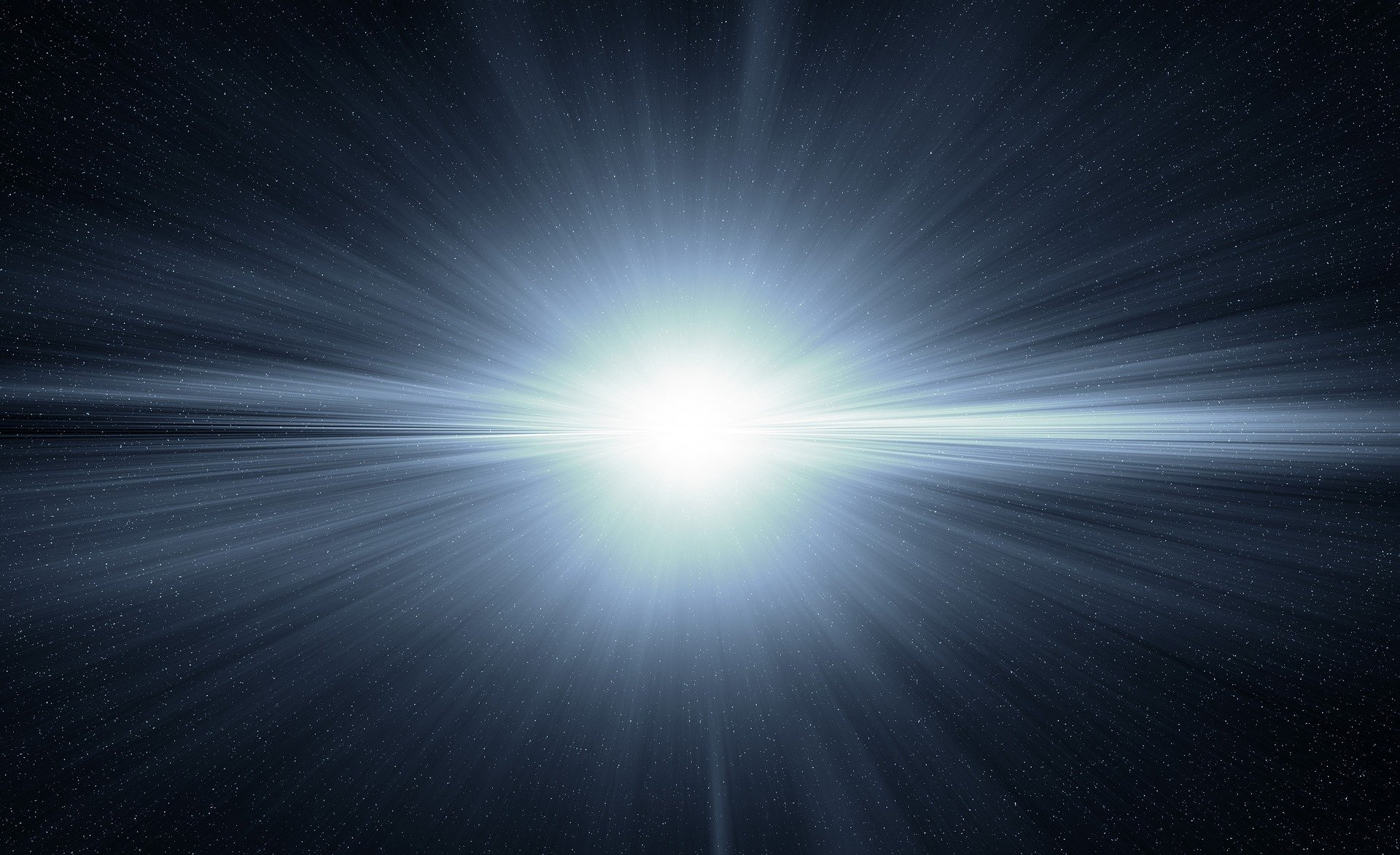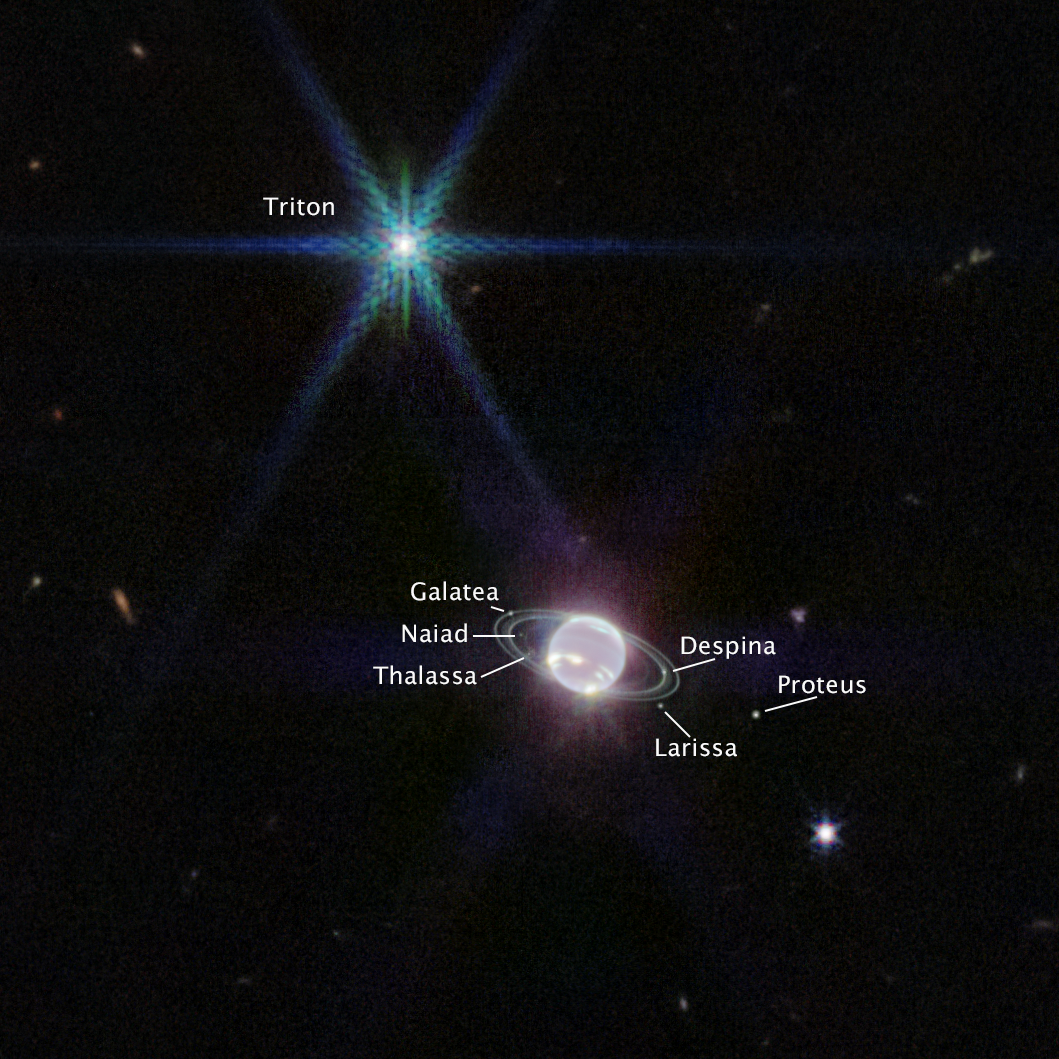Metal-rich asteroid Psyche: Why is NASA targeting the rock?

NASA’s Psyche mission is targeting Psyche, a metal-rich asteroid orbiting the Sun between Mars and Jupiter. The mission aims to study the unique metal-rich asteroid, which could reveal the mysteries of collisions and accretion that created planets.
NASA has already been studying an asteroid named Bennu as part of its OSIRIS-REx mission to better understand its properties. The space agency has even made plans to bring a sample of the asteroid Bennu to Earth for detailed analysis.
Apart from Bennu, there is another unique asteroid that is on NASA’s radar. The asteroid is different from others because it appears to be the exposed nickel-iron core of an early planet, which is one of the building blocks of our solar system. Yes, asteroid Psyche isn’t made of rock or ice, it’s all metal.
Why is Asteroid Psyche so important?
Psyche belongs to the M-type asteroid category. A dwarf planet, it has a diameter of around 220 kilometers (140 miles). Because it was the 16th minor planet found, it is known as 16 Psyche. Minor planets include larger asteroids like Psyche.
Between Mars and Jupiter, Psyche, the largest asteroid, circles the Sun at a distance of between 235 and 309 million miles (378 and 497 million kilometers). That translates to 2.5 to 3.3 astronomical units (AU), where 1 AU is the separation between Earth and the Sun.
Psyche is made primarily of iron and nickel, as opposed to the silicate rocks that make up the majority of other asteroids.
The science goals of the Psyche mission include: Studying iron cores, a previously unresearched building block of planet formation. the ability to directly observe the inside of a differentiated body, which is otherwise invisible, and so look inside terrestrial planets, including Earth.
NASA’s Psyche mission
It will be the first mission developed by NASA to study a metal-rich asteroid. This will help understand a previously unexplored building block of planet formation – iron cores. The Psyche mission is considerably significant as it offers a great opportunity to study the history of collisions and accretion that created terrestrial planets. Because the metallic cores in terrestrial planets, even Earth, are buried far beneath the rocky mantle and crust, they are inaccessible for study purposes. Therefore, the study of this asteroid offers a really great opportunity to unveil some mysteries about planet formation.
NASA was scheduled to launch the Psyche spacecraft in August 2022. But, NASA has postponed the mission to 2023 because of software problems. “Due to the late delivery of flight software and spacecraft equipment testing, NASA does not have sufficient time to complete the required testing before the remainder of its launch phase this year, which ends on October 11. The mission team needs more time to ensure the software is working properly in flight”, NASA says.
If everything goes as scheduled, NASA expects the arrival of the Psyche spacecraft in orbit around the asteroid by 2026. The agency also intends to spend 21 months in orbit around the asteroid to map and study the properties of Psyche.
Although the Psyche mission is expected to launch in both 2023 and 2024, NASA says that uncertainties have yet to determine the exact dates of these potential launch periods.
Why is NASA targeting the metal-rich asteroid Psyche?
The asteroid Psyche is a unique space rock where scientists will be able to find out more about planet formation. The mission’s main focus is to study the asteroid, or as NASA calls it, the Psyche along with a few other near-Earth asteroids.
According to NASA, studies of terrestrial planets have revealed that their cores consist mostly of metals. Mars, Earth and Venus are all known to have metallic cores buried deep inside their mantles and crusts. However, the study of these terrestrial planets is limited because of their scarcity and great distance from us.
This will not be the case with the asteroid Psyche. Psyche is the closest metallic asteroid to the Sun, located at a distance of 628 million kilometers from the Sun. It’s located between Mars and Jupiter. The mission will study this unique space rock in detail to unravel some mysteries about planet formation and their cores.
“The Psyche mission will test a sophisticated new laser communication technology that encodes data in photons at near-infrared wavelengths (rather than radio waves) to communicate between a probe in deep space and Earth. Using light instead of radio allows the spacecraft to communicate more data in a given amount of time. The DSOC team is based at the Jet Propulsion Laboratory”, NASA writes about Deep Space Optical Communication (DSOC) on its blog.
Additionally, the Psyche mission will study Psyche’s core as well as learn more about asteroids that could collide with Earth in future. Asteroid experts say the mission will help researchers to understand how best to deflect any future asteroids that threaten Earth because of their magnitude, location, and trajectory.


